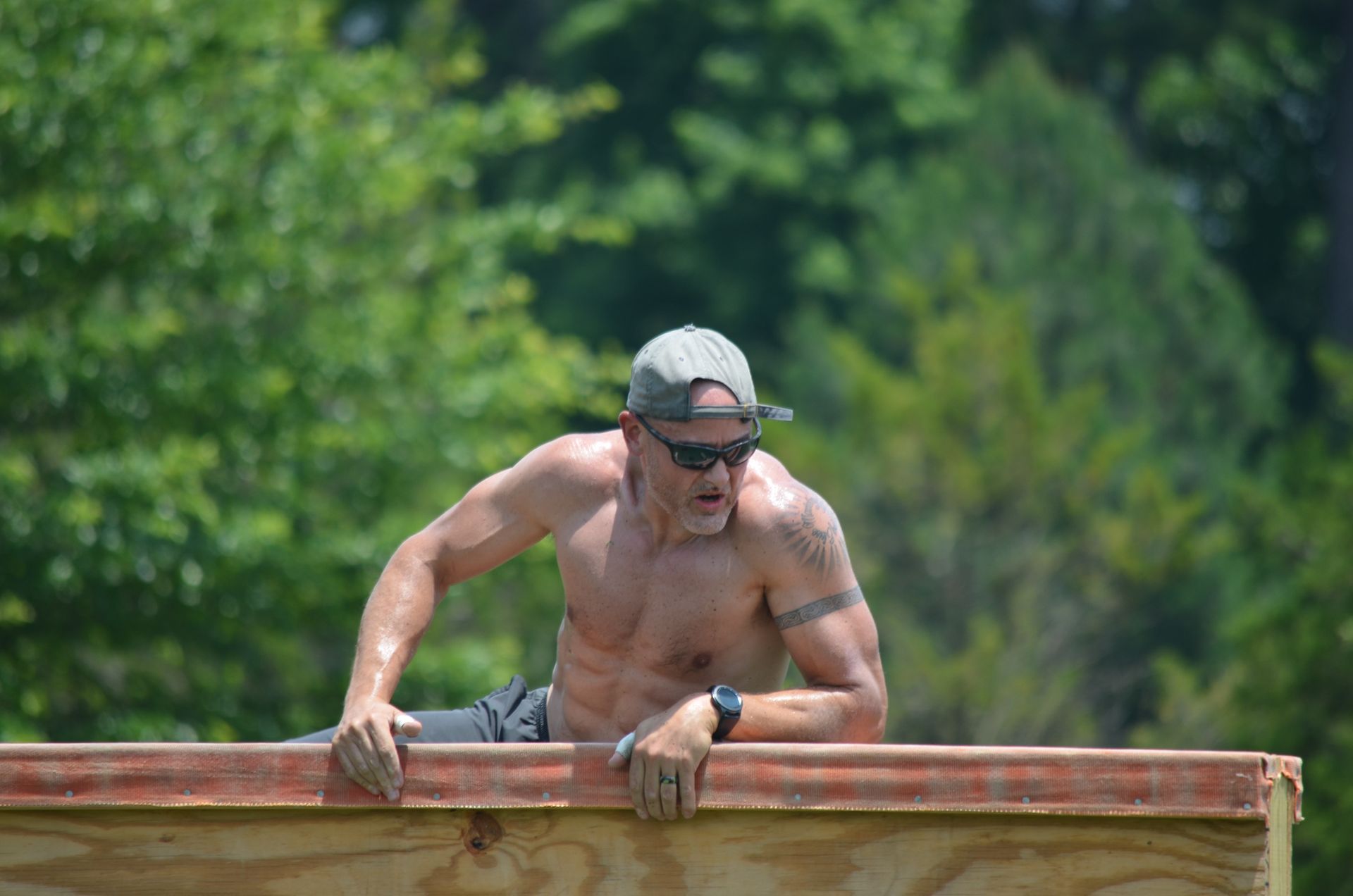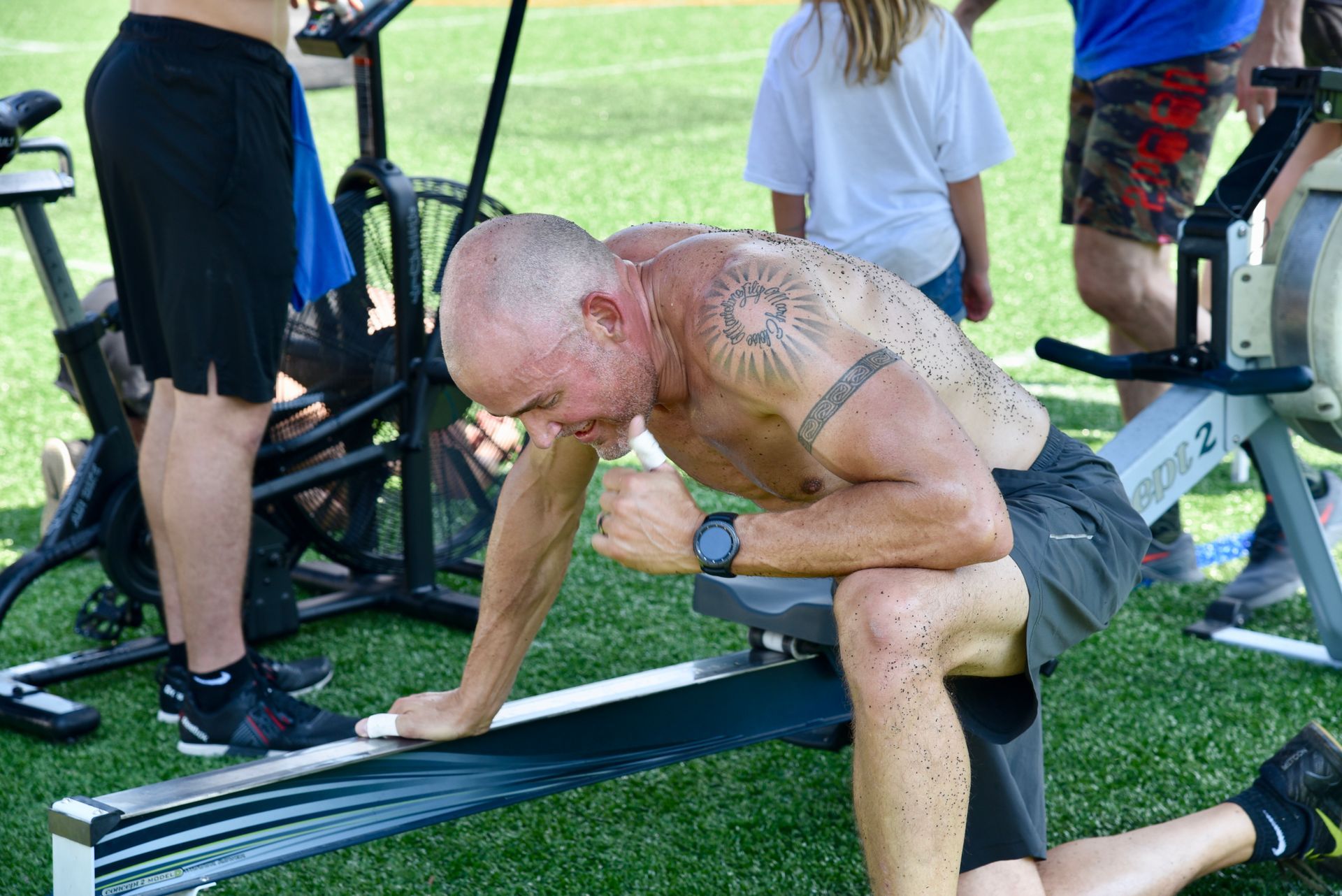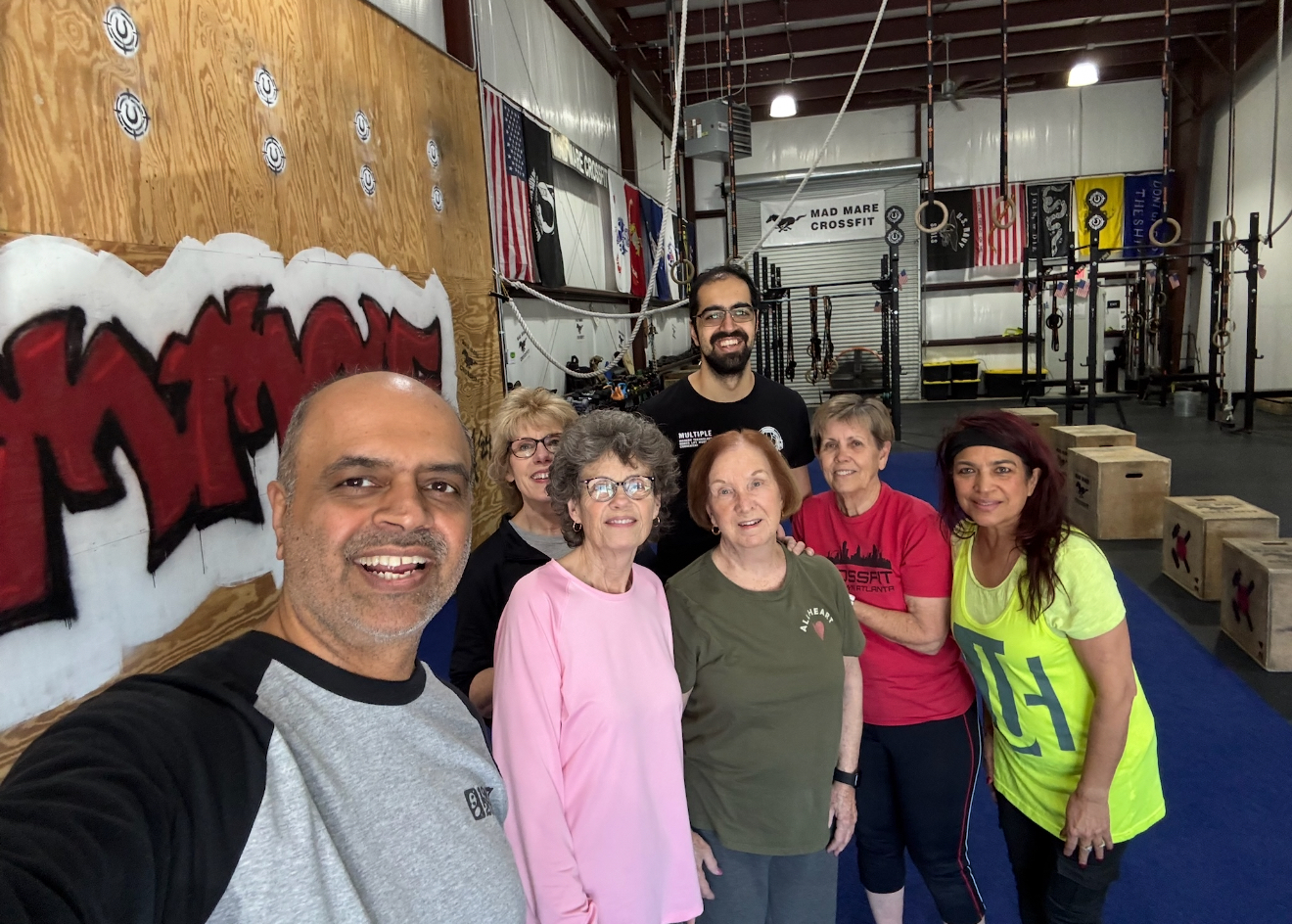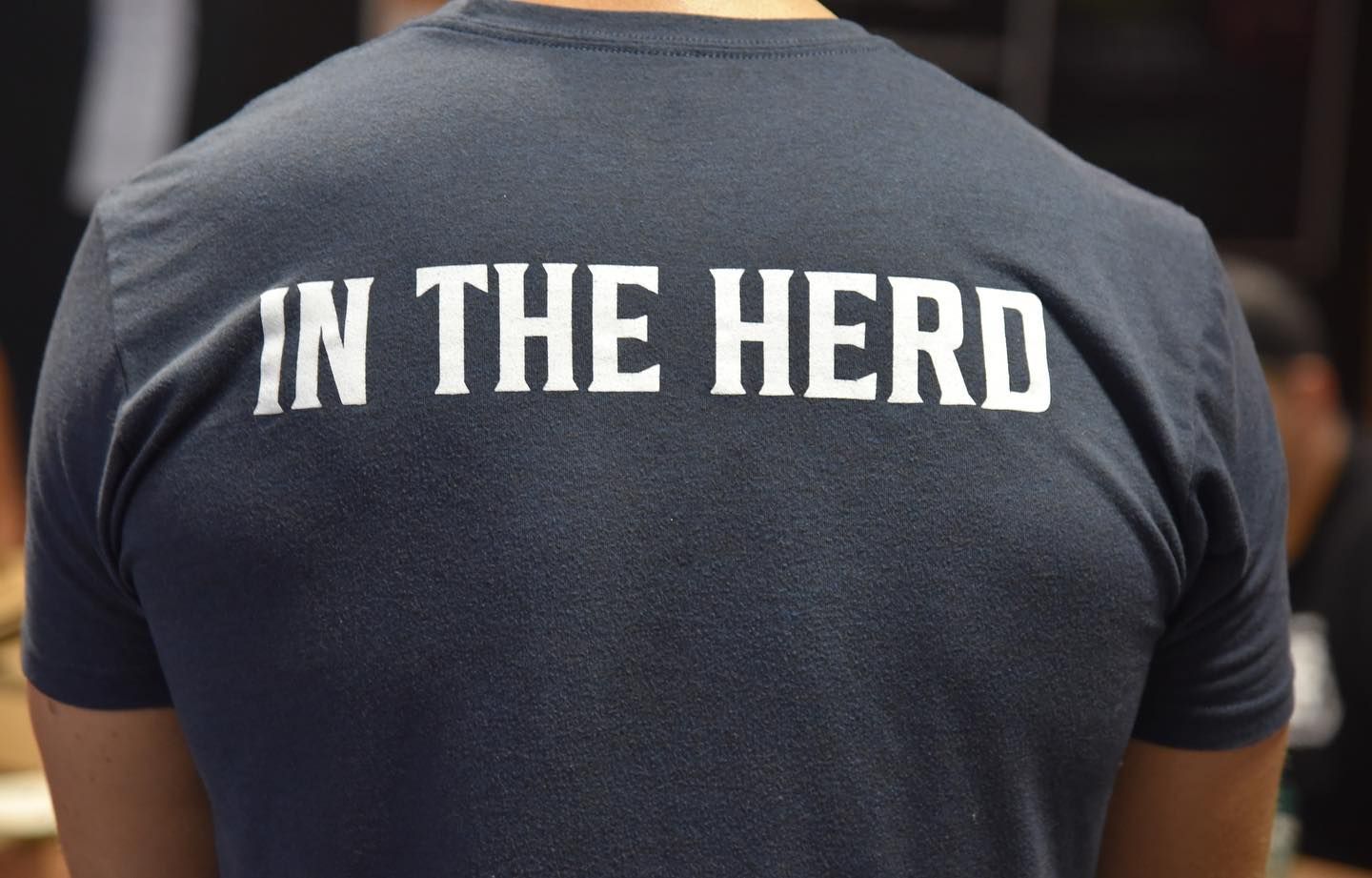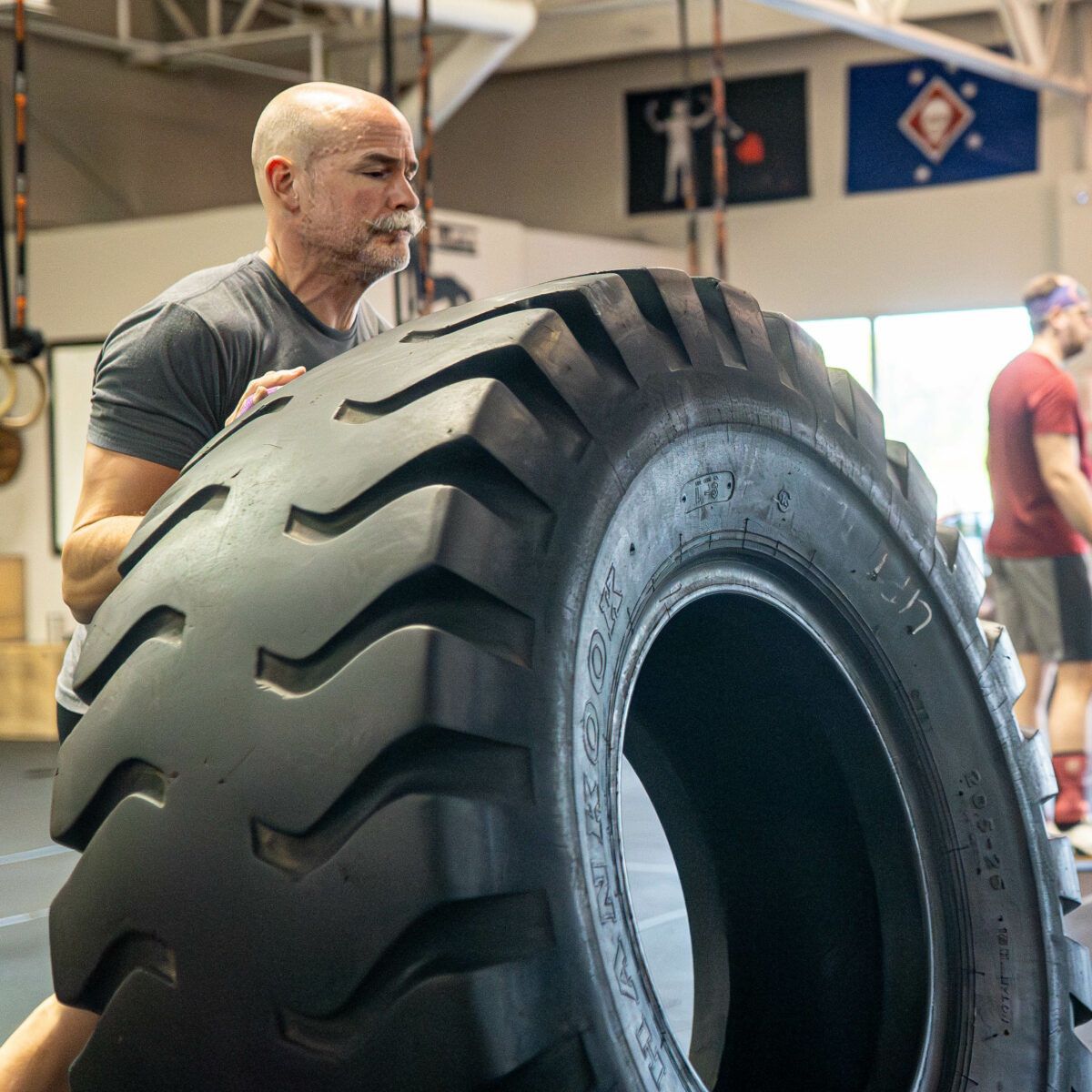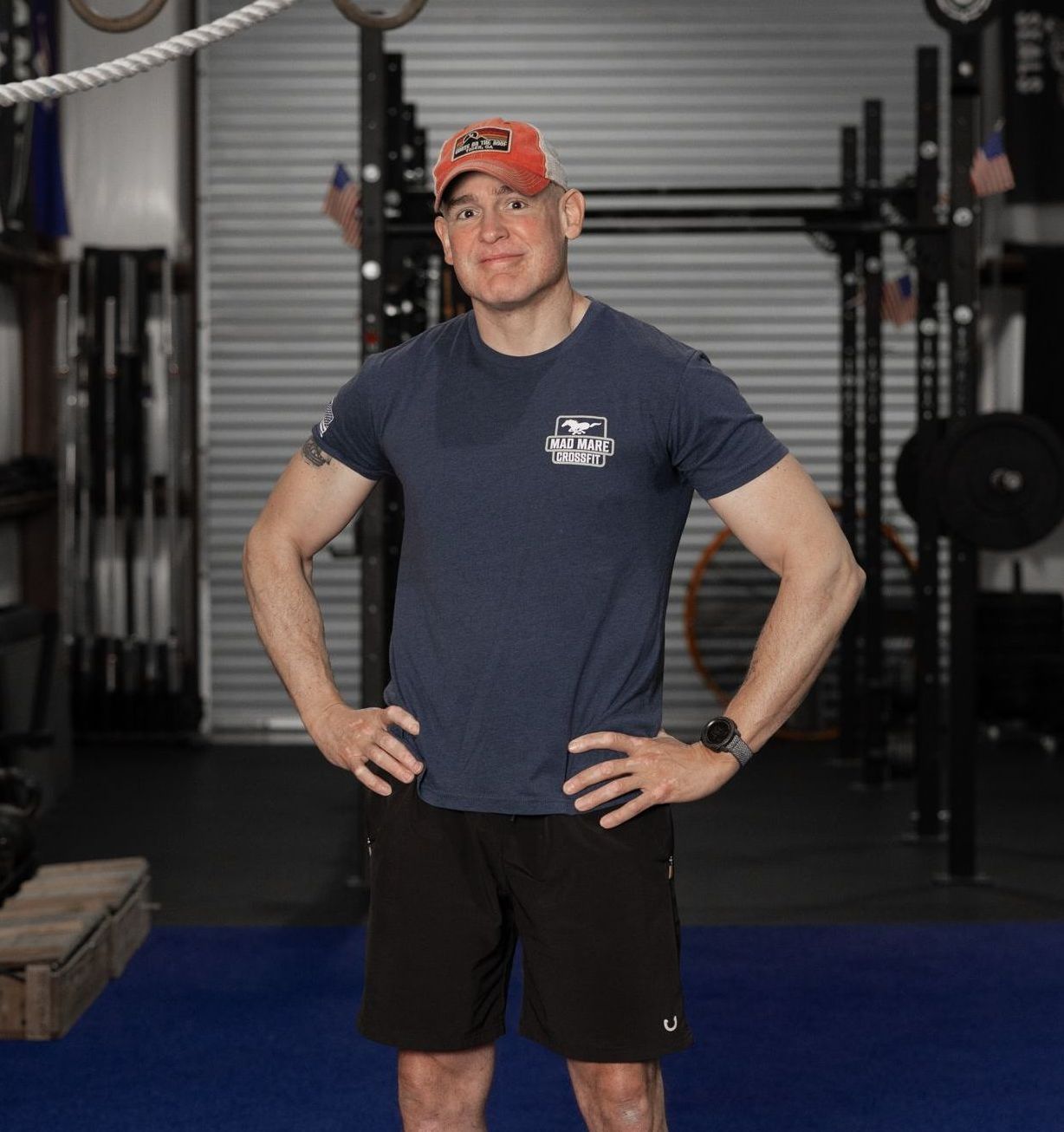Empathetic Relentlessness
Root Cause Analysis vs. Empathy: Knowing When to Solve and When to Support
Why RCA Doesn't Always Work in Personal Relationships
Imagine your partner coming to you and saying, "I had such a frustrating day. My work keeps piling up, and I feel completely overwhelmed."
For someone wired for problem-solving, the instinctive reaction might be to start diagnosing:
- "Honey, are you sure you’re setting clear boundaries with clients?"
- "Maybe you need to reprioritize tasks."
- "Have you tried communicating more assertively with your customers?"
As our friend Mr. Spock might say, “These are all logical suggestions.” But often, that's not what your partner is looking for. Maybe what they really want in that moment is empathy—someone to listen, validate their feelings, and simply say, "I'm so sorry you're feeling that way. That sounds really tough."
The truth is, not every problem needs to be solved. Sometimes, it needs to be shared.
In most types of interpersonal relationships, jumping straight to solutions can feel dismissive, even if it's well-intentioned. It could lead the other person to feel unheard, like their emotions are just problems to be "fixed" instead of experiences to be understood. Even in the Peace Prayer of Saint Francis, seeking first to understand someone else teaches us empathy and compassion, prioritizing understanding others over being understood ourselves.
When to Use RCA vs. When to Use Empathy
It is extremely difficult for a person like me with such a strong background in problem solving to know when to use empathy. Through plenty of trial and error (thanks honey), with the help of a little research, and with experience, I've developed a mental checklist to help decide whether to lean into RCA or instead use empathy.
Here's how I break it down:
I Will Use RCA When:
- There's a clear, technical problem that needs fixing.
- Someone asks for help solving a problem.
- In a professional, or performance-driven role.
- There's a pattern of repeated mistakes that needs correction.
- The outcome demands efficiency, prevention, or a permanent solution.
I Will Try to Use Empathy When:
- The conversation is emotional, not technical.
- The person expresses feelings like frustration, sadness, or anxiety.
- They aren't asking for solutions—they're asking to be seen and heard.
- In a personal, relational, or supportive role.
- The goal is connection, not correction.
One simple way to navigate this is to ask: "Do you want to talk about it, or would you like help figuring it out?" This gives the other person control and lets you know whether they’re looking for a listener or a problem-solver.
Blending Both in Coaching and Life
Interestingly, even in CrossFit coaching, there are moments when empathy must come before RCA.
An athlete who misses a lift and beats themselves up about it doesn't always need a technical breakdown first. They might need to hear: "Hey, it's okay to have a tough day. You're putting in the work, and that's what matters." Then, once the emotional dust settles, you can step in with the analysis and corrective drills. During the CrossFit Level 2 course, one of the coaches used the phrase that we should coach with “Empathetic Relentlessness”. That’s a mouthful, but I feel like it really says it all. This means to coach with a disciplined pursuit of improvement or excellence, combined with genuine care and understanding for the people involved. It means pushing hard toward a goal, holding high standards, and demanding the best—but doing so with compassion, patience, and deep respect for the struggles and emotions of others.
In short, it means: Never stop striving. Never stop caring.
Empathy opens the door to trust; RCA paves the road to improvement. One without the other often falls flat.
Conclusion: Knowing Which Tool to Use
As engineers, as coaches, and as humans, we have to recognize that not every situation demands triage, a wrench, or a spreadsheet. Some situations simply demand open ears and an open heart.
Of course, Root Cause Analysis is a powerful tool for solving problems, but empathy is an equally powerful tool for building relationships. Mastering when we should use each one isn't just important, it's transformational. Whether you're leading an athlete through a frustrating movement or supporting a loved one through a tough day, knowing when to solve and when to simply be there is one of the most important skills you can develop.
Sometimes the best "fix" is just letting someone know they aren't alone. Care, care, care!
That’s a kind of strength that no barbell, gym clock, or scale can measure.
Previous Blogs
